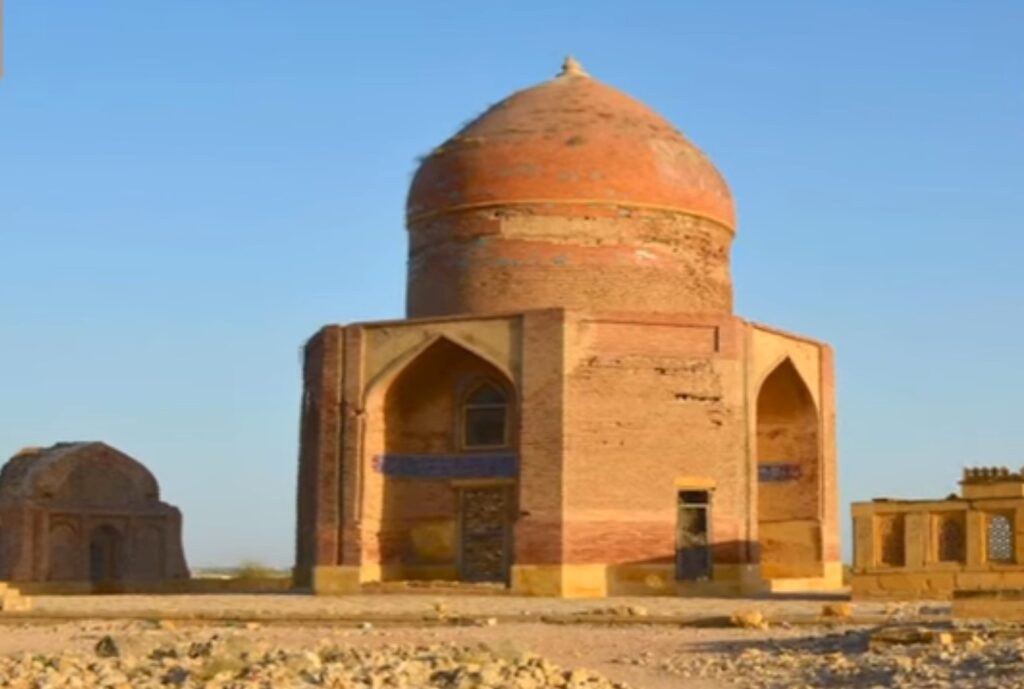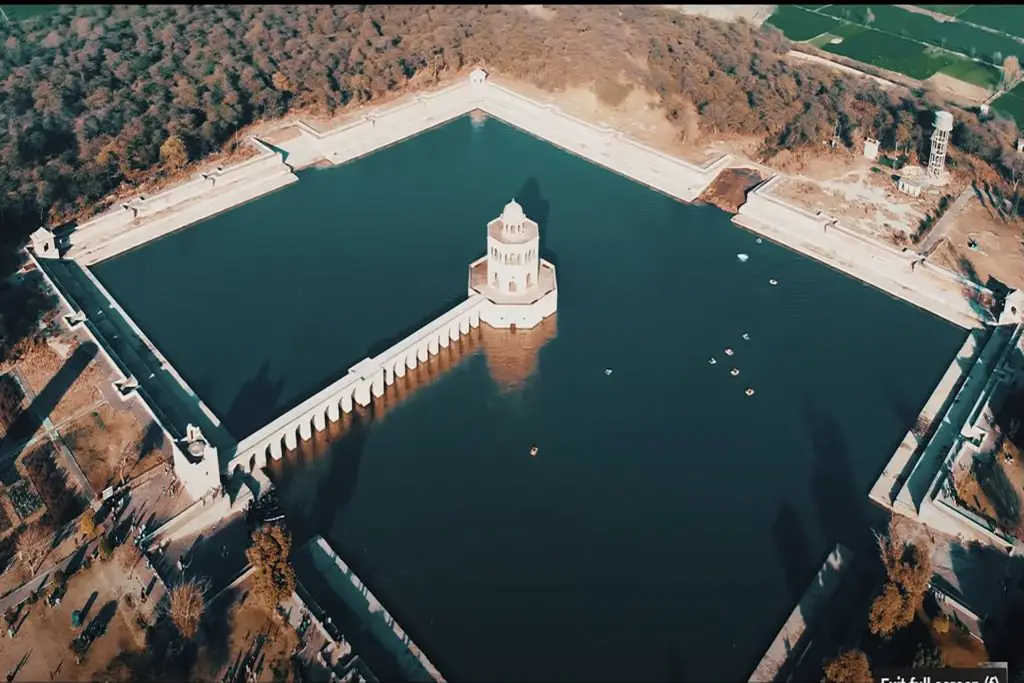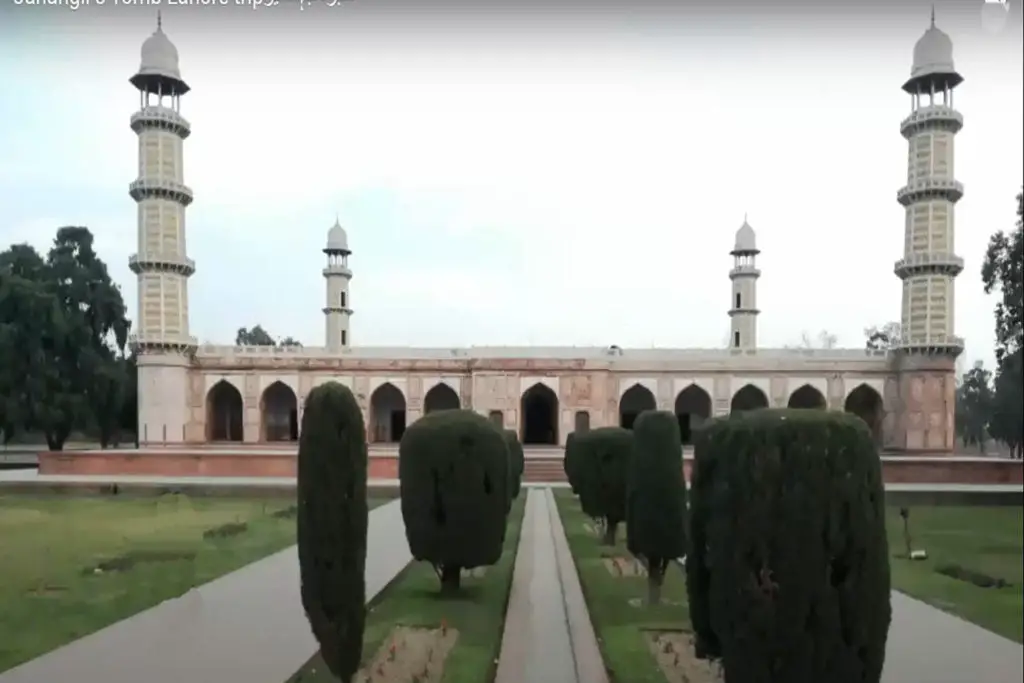The Tomb of Sultan Ibrahim is an impressive mausoleum located in Thatta, a historical city in the southern Sindh province of Pakistan. This magnificent tomb is considered one of the finest examples of Islamic architecture in the country and is renowned for its intricate tile work and ornate decoration.
Sultan Ibrahim was a prominent ruler of the Arghun dynasty, who ruled over the region during the 15th century. The tomb was built in his honor after his death in 1554 AD. The construction of the mausoleum was overseen by the Sultan’s son, Mirza Ghazi Beg, who is also buried at the site.
Tomb of Sultan Ibrahim Tomb Location
The tomb of Sultan Ibrahim is situated on the outskirts of Thatta, near the Makli Hill Necropolis, which is a UNESCO World Heritage Site. The mausoleum is constructed entirely of stone, and its central dome is visible from afar. The tomb of Sultan Ibrahim is a prime example of Islamic architectural style and features several unique design elements that reflect the region’s culture and history.
Sultan Ibrahim Tomb Architecture
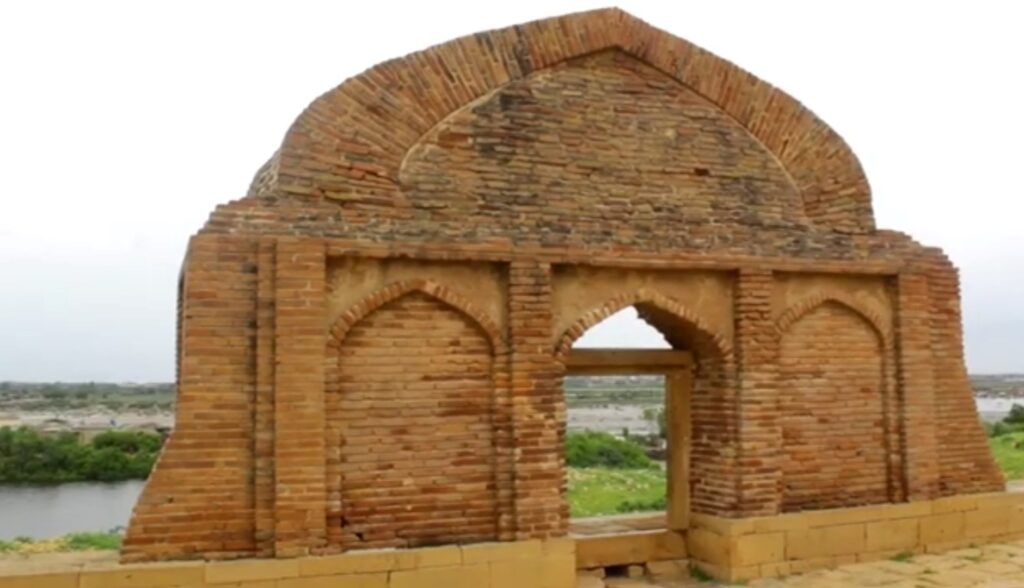
The magnificent tomb of Sultan Ibrahim, who passed away in 1558, stands proudly as a solid structure crafted from octagonal bricks. Its lofty presence is accentuated by a pointed dome resting upon a tall drum. Notable features adorn each of its eight sides, boasting deep arched recesses that add an air of grandeur. The sepulchral chamber within, accessible through doors on the north and south sides, follows a similar plan to that of Diwan Shurfa Khan’s tomb.
While the exterior presents an octagonal form, the inner sepulchral chamber takes the shape of a square, measuring 21 feet on each side. The dome, once adorned with exquisite turquoise-blue tiles, retains remnants of its former splendor. Regrettably, most of the tiles that once adorned the structure have vanished, leaving behind only two small bands of Quranic inscriptions. These inscriptions, in white letters on a dark blue background, serve as a testament to the tomb’s religious significance.
Situated within a weathered brick enclosure, a hundred yards west of Sultan Ibrahim Khan’s tomb, stands an additional tomb pavilion. This octagonal pavilion houses two stone graves within its confines, accompanied by three stone graves outside. The monolithic stone pillars feature square bases adorned with intricate spire motifs, while the octagonal shafts possess smooth surfaces, courtesy of chamfered corners. The neck of each pillar bears ornate decorations, offering a touch of artistic flair. The lintels, predominantly unadorned, display delicate sunflower motifs on their undersides, interspersed with geometric vertical patterns. Regrettably, the Chajjas (eaves) and merlons that once embellished the structure are now absent.
The dome, resting gracefully upon layers of intricately carved stones, presents a sight to behold. Hanging from its apex, a meticulously crafted carved pendant adds an elegant touch. Inside the pavilion, one of the stone graves bears a broken headstone, hinting at the passage of time and the ravages of nature. The cenotaphs, fashioned in the distinct Tarkhan style, showcase Arabic inscriptions within segmented zones, further emphasizing the tomb’s historical and cultural significance.
The exterior of the Tomb of Sultan Ibrahim is adorned with intricate tile work, geometric patterns, and calligraphy, which are typical of the Islamic style of architecture. The tomb’s central dome is particularly impressive, rising high above the surrounding buildings and adorned with delicate tile work and arabesque designs.
The interior of the Tomb of Sultan Ibrahim is just as impressive as its exterior. The central chamber of the mausoleum features the tomb of Sultan Ibrahim, which is covered in silk cloth and surrounded by a metal screen. The walls and ceiling of the tomb are adorned with intricate tile work, which is typical of the region’s Islamic architecture.
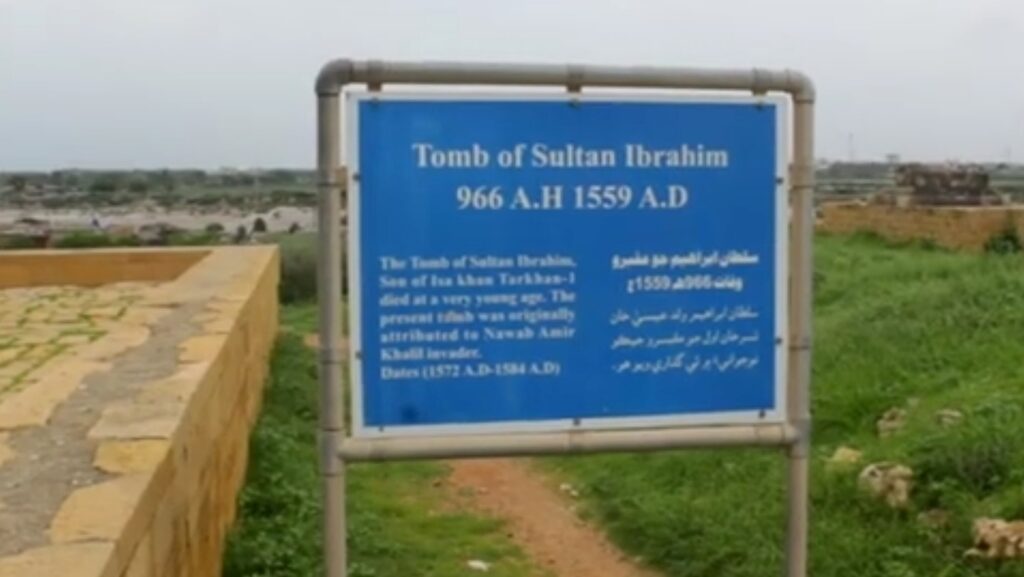
The mausoleum is also home to several smaller tombs, which are believed to belong to the Sultan’s family members and other dignitaries. The smaller tombs are equally impressive, featuring intricate tile work and decoration that reflects the region’s culture and history.
Renovation & Restoration Efforts
Over the years, the Tomb of Sultan Ibrahim has undergone several renovations and restorations, with the most significant restoration taking place in the early 20th century. The restoration was aimed at preserving the tomb’s unique architecture and cultural heritage, and it has helped to maintain the tomb’s impressive appearance to this day.
The Tomb of Sultan Ibrahim is a significant cultural and historical landmark in Pakistan, attracting visitors from all over the world who come to marvel at its impressive architecture and rich cultural history. Its intricate tile work and ornate decoration are a testament to the region’s artistic and architectural prowess, and it remains a prime example of the Islamic style of architecture that is prevalent in the region.
In conclusion, the Tomb of Sultan Ibrahim is a magnificent mausoleum that stands as a testament to Pakistan’s rich cultural and architectural heritage. Its impressive tile work, ornate decoration, and unique design elements make it a must-see attraction for anyone interested in the region’s history and Islamic architecture. A visit to this iconic tomb is sure to be a memorable and enlightening experience.

